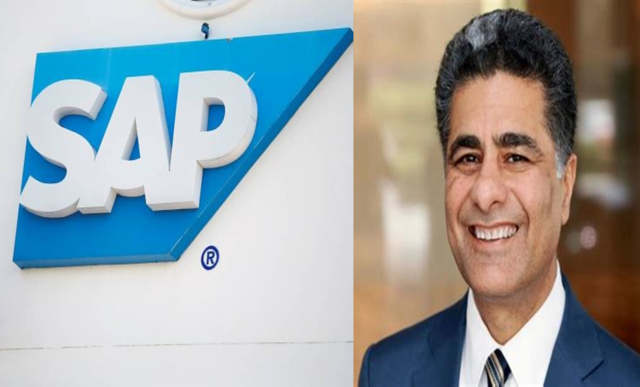Get Global or Get Left Behind
When organizations first embraced global workflows, they took a “follow-the-sun” approach: Tasks and projects would move from a team in one time zone to a team in another, ensuring work never stopped. While this provided some efficiencies and synergies, technology has taken a leap forward since then. Real-time capabilities present in today’s technology give organizations instant insight into processes and 24/7 avail-ability around the globe, removing the need for outdated approaches. This means businesses need to rethink how they structure their production and service models to be fully available to customers worldwide.
And with competitors entering new markets globally — and emerging from other industries and locations — globalization is no longer a differentiator: It’s a must. Companies are increasingly required to be agile, fast, and mobile. Whether it’s regarding production, processes, support, or legal topics, companies can be sure that globalization will be a factor.
Globalization is no longer a differentiator: It’s a must.
Technology Enables Globalization
Technology doesn’t provide a roadmap to globalization — it enables it. With the evolution of leading technologies, such as the Internet of Things (IoT) and the cloud, companies are finding it easier to stay connected with customers and partners alike no matter where they are located. IoT in particular has been revolutionary in terms of globalization. With SAP S/4HANA powering businesses, users can seemingly get anything from anywhere in real time. In addition, companies can leverage machine-to-machine (M2M) communication to streamline their transactional data, driving analytics and real-time decisions as well as creating new business models.
The cloud, by its very nature, lends itself to globalization. Cloud solutions available in certain locations already take into account regional differences, such as currencies and tax regulations. Users can simply pick and choose from the provided list of functionalities without wondering if they are applicable to a specific country. It is important to remember that these capabilities are far reaching. They do not affect isolated areas within the organization — they affect everything.
New Countries, New Concerns
As companies expand into new countries, inevitable questions pop up: What does it mean if the server farm isn’t in my country? What does it mean for financial flow? How do I make sure my taxes get paid?
Legal activities are further complicated by slow-moving government systems bogged down by paper-based processes. SAP customers can alleviate some of this by setting up templates within the system and making them available across the globe. The bottom line is that if an organization isn’t global, it loses market share to both its established competitors and to startups from anywhere in the world.
Connections and Collaboration
Globalization affects everyone — even DSAG. Representing more than 3,000 companies in SAP and heterogeneous environments, DSAG members are diverse and bear a wealth of knowledge that can be shared throughout the community for the benefit of all. One way to connect with peers is by attending events like the DSAG Globalization Symposium,1 which will focus on overcoming the challenges of globalization in the context of cloud solutions and big-data scenarios as well as the need for a new generation of globalization services and more agile project environments. As business moves toward a more globalized frontier, DSAG encourages its members to look past borders and into the future of a digital and connected economy.
1 The DSAG Globalization Symposium will take place June 9-10, 2016, in Berlin, Germany. [back]









